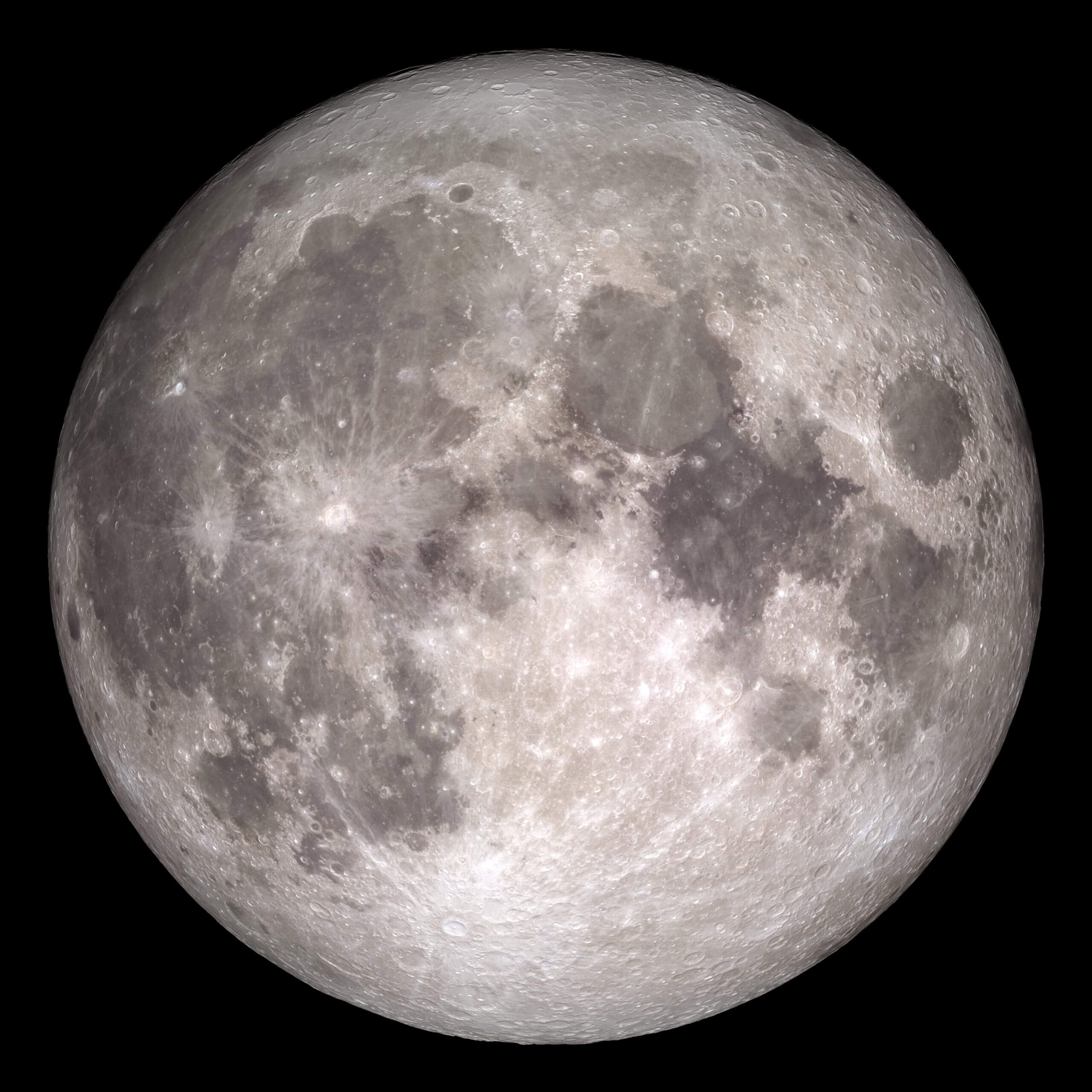Signs of volcanic activity on the Moon can be viewed simply by looking up at the night-time sky: The large, dark plains called "maria" are the product of massive outbursts of volcanic material. But these were put in place relatively early in the Moon's history, with their formation ending roughly 3 billion years ago. Smaller-scale additions may have continued until roughly 2 billion years ago. Evidence of that activity includes samples obtained by China's Chang'e-5 lander.
But there are hints that small-scale volcanism continued until much more recent times. Observations from space have identified terrain that seems to be the product of eruptions, but only has a limited number of craters, suggesting a relatively young age. But there's considerable uncertainty about these deposits.
Now, further data from samples returned to Earth by the Chang’e-5 mission show clear evidence of volcanism that is truly recent in the context of the history of the Solar System. Small beads that formed during an eruption have been dated to just 125 million years ago.
Counting beads
Obviously, some of the samples returned by Chang'e-5 are solid rock. But it also returned a lot of loose material from the lunar regolith. And that includes a decent number of rounded, glassy beads formed from molten material. There are two potential sources of those beads: volcanic activity and impacts.
The Moon is constantly bombarded by particles ranging in size from individual atoms to small rocks, and many of these arrive with enough energy to melt whatever it is they smash into. Some of that molten material will form these beads, which may then be scattered widely by further impacts. The composition of these beads can vary wildly, as they're composed of either whatever smashed into the Moon or whatever was on the Moon that got smashed. So, the relative concentrations of different materials will be all over the map.
By contrast, any relatively recent volcanism on the Moon will be extremely rare, so is likely to be from a single site and have a single composition. And, conveniently, the Apollo missions already returned samples of volcanic lunar rocks, which provide a model for what that composition might look like. So, the challenge was one of sorting through the beads returned from the Chang'e-5 landing site, and figuring out which ones looked volcanic.
And it really was a challenge, as there were over 3,000 beads returned, and the vast majority of them would have originated in impacts.
As a first cutoff, the team behind the new work got rid of anything that had a mixed composition, such as unmelted material embedded in the bead, or obvious compositional variation. This took the 3,000 beads down to 764. Those remaining beads were then subject to a technique that could determine what chemicals were present. (The team used an electron probe microanalyzer, which bombards the sample with electrons and uses the photons that are emitted to determine what elements are present.) As expected, compositions were all over the map. Some beads were less than 1 percent magnesium oxide; others nearly 30 percent. Silicon dioxide ranged from 16 to 60 percent.
Based on the Apollo samples, the researchers selected for beads that were high in magnesium oxide relative to calcium and aluminum oxides. That got them down to 13 potentially volcanic samples. They also looked for low nickel, as that's found in many impactors, which got the number down to six. The final step was to look at sulfur isotopes, as impact melting tends to preferentially release the lighter isotope, altering the ratio compared to intact lunar rocks.
After all that, the researchers were left with three of the glassy beads, which is a big step down from the 3,000 they started with.
Erupted
Those three were then used to perform uranium-based radioactive dating, and they all produced numbers that were relatively close to each other. Based on the overlapping uncertainties, the researchers conclude that all were the product of an eruption that took place about 123 million years ago, give or take 15 million years. Considering that the most recent confirmed eruptions were about 2 billion years ago, that's a major step forward in timing.
And that's quite a bit of a surprise, as the Moon has had plenty of time to cool, and that cooling would have increased the distance between its surface and any molten material left in the interior. So it's not obvious what could be creating sufficient heating to generate molten material at present. The researchers note that the Moon has a lot of material called KREEP (potassium, rare earth elements, phosphorus) that is high in radioactive isotopes and might lead to localized heating in some circumstances.
Unfortunately, it will be tough to associate this with any local geology, since there's no indication of where the eruption occurred. Material this small can travel quite a distance in the Moon's weak gravitational field and then could be scattered even farther by impacts. So, it's possible that these belong to features that have been identified as potentially volcanic through orbital images.
In the meantime, the increased exploration of the Moon planned for the next few decades should get us more opportunities to see whether similar materials are widespread on the lunar surface. Eventually, that might potentially allow us to identify an area with higher concentrations of volcanic material than one particle in a thousand.
Science, 2024. DOI: 10.1126/science.adk6635 (About DOIs).



3175x175(CURRENT).thumb.jpg.b05acc060982b36f5891ba728e6d953c.jpg)
Recommended Comments
There are no comments to display.
Join the conversation
You can post now and register later. If you have an account, sign in now to post with your account.
Note: Your post will require moderator approval before it will be visible.